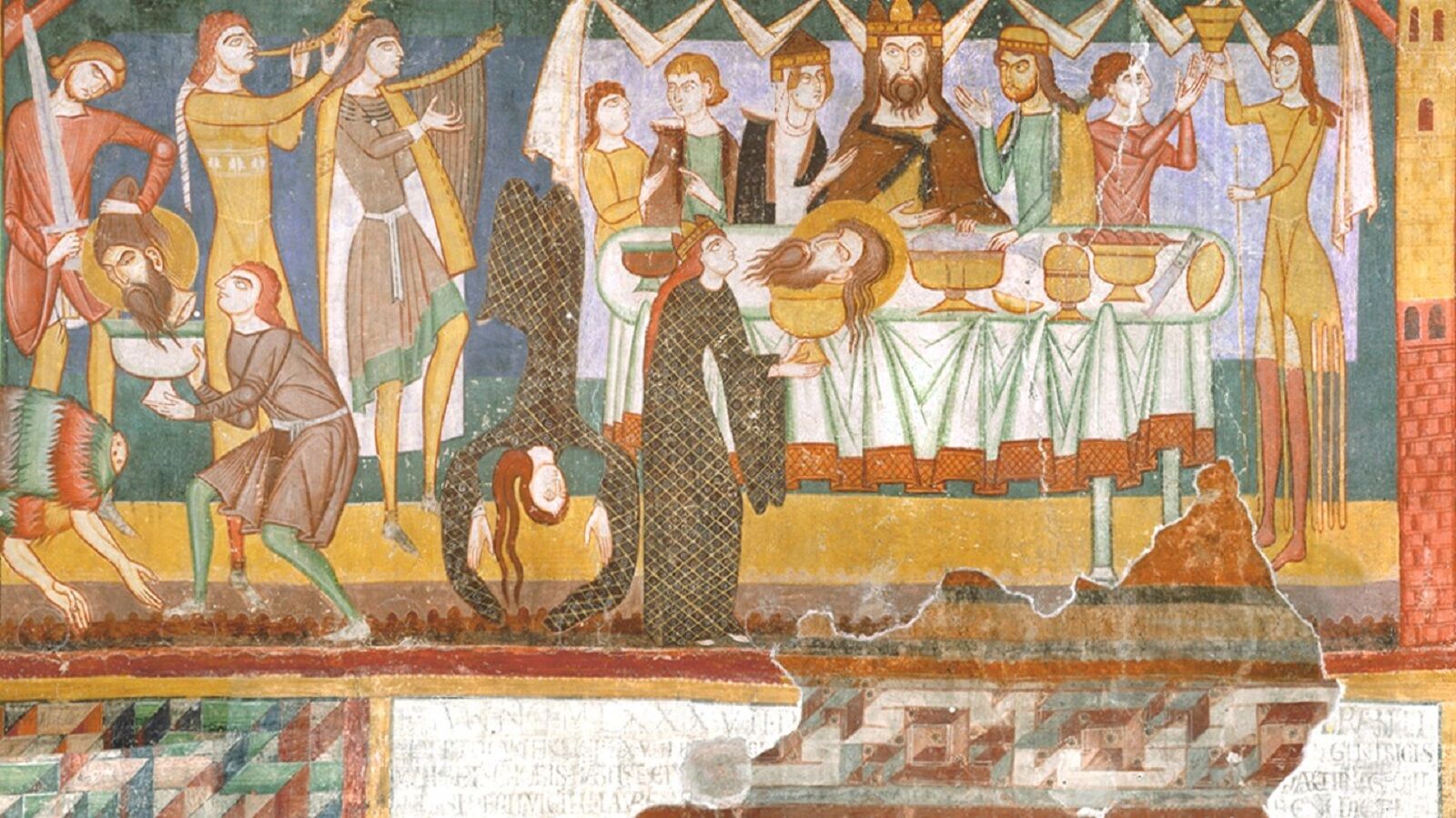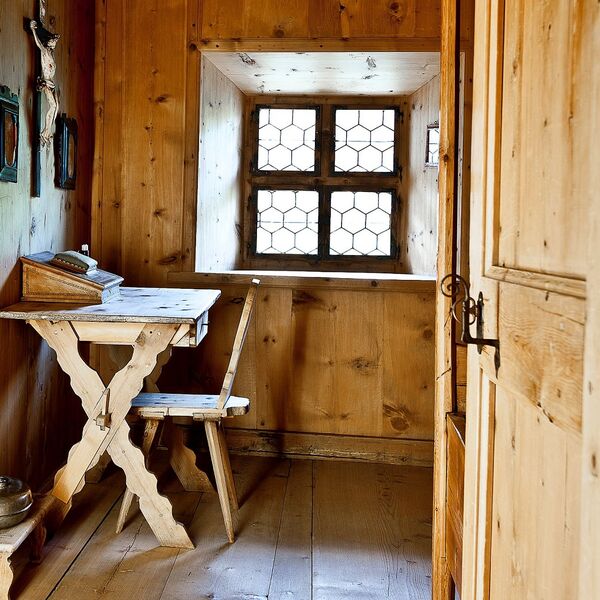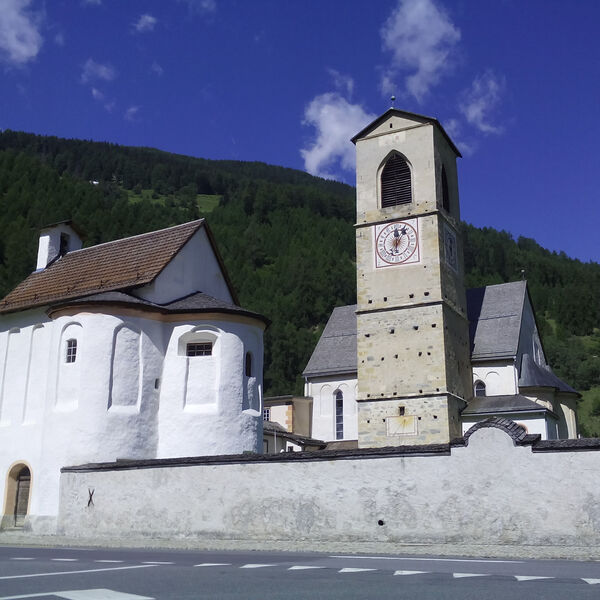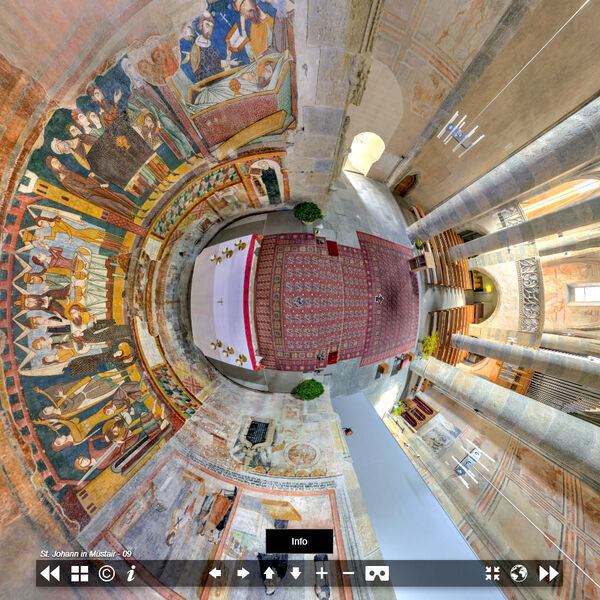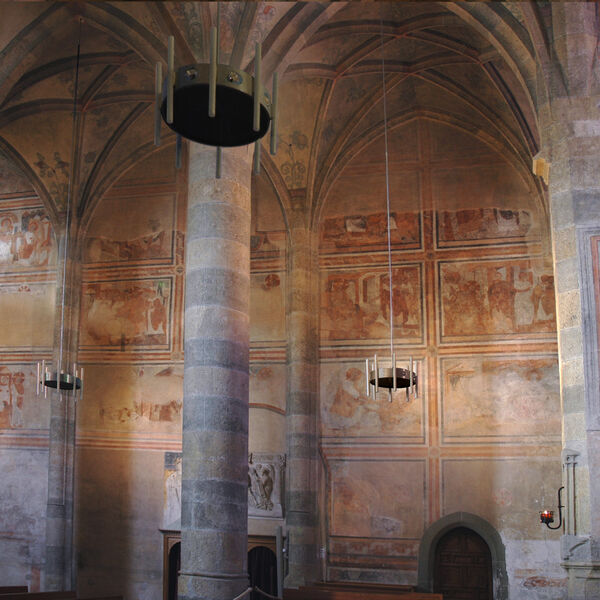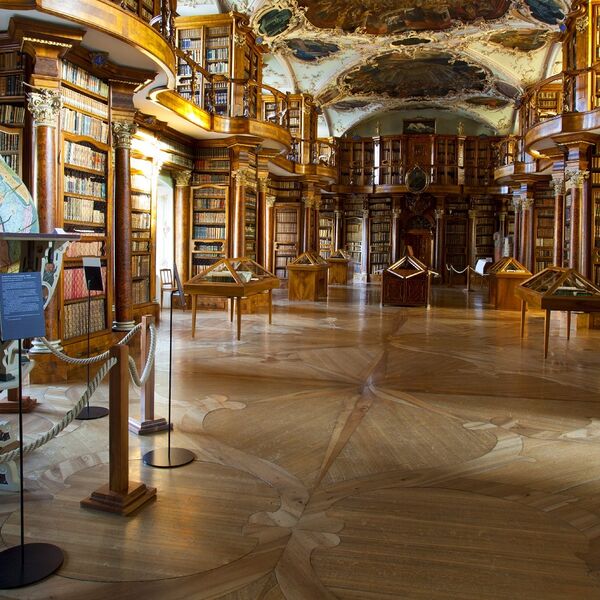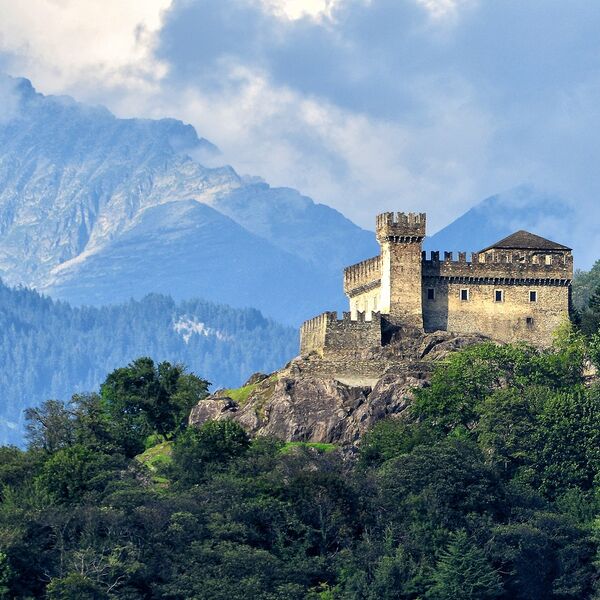Kloster St. Johann in Müstair
Zeuge christlicher Hochblüte
UNESCO-Welterbe seit 1983
Das Kloster St. Johann in Müstair ist ein Zeuge christlicher Hochblüte um 800, ein kulturelles Erbe der Menschheit über die Zeiten hinweg. Es ist viel mehr als nur ein Monument, es ist ein lebendiges Kulturgut. Heute noch leben Nonnen im Kloster im geregelten Rhythmus des benediktinischen „ora et labora et lege“.
Die Tatsache, dass die gesamte Klosteranlage – und nicht nur die Kirche – unter Schutz gestellt wurde, erwies sich als weitsichtig. Von Weltrang sind der grösste besterhaltene Wandmalereizyklus aus dem Frühmittelalter und die romanische Bilderwelt in der Klosterkirche. Zudem befindet sich in der Kirche die älteste, einst farbig bemalte Monumentalstatue Karls des Grossen. Dank archäologischer Untersuchungen entdeckte man aber noch weitere Sensationen. Die für romanisch gehaltene Heiligkreuzkapelle entpuppte sich als wahres Juwel karolingischer Architektur und Kunst. Der Plantaturm wurde nicht, wie anfänglich gedacht, von der Äbtissin Angelina Planta Ende des 15. Jahrhunderts erbaut, sondern diente bereits im 10. Jahrhundert als Wohn- und Wehrturm. In der Burgenforschung steht er ohne Parallelen da. Die Bischofsresidenz aus dem 11. Jahrhundert ist in bedeutenden Teilen noch erhalten und beherbergt die reizende Doppelkapelle St. Ulrich und St. Nikolaus.
Die langjährigen archäologischen Untersuchungen führten zum Verständnis der baulichen Entwicklung der Klosteranlage und bringen laufend neue Erkenntnisse und Resultate, die zum Staunen anregen.
